
There are several diseases that pose a high risk in the dental healthcare setting; a review article highlights ones that are preventable by immunization.

There are several diseases that pose a high risk in the dental healthcare setting; a review article highlights ones that are preventable by immunization.

In a recent webinar, the CDC and the HHS’s National Vaccine Program Office discussed global efforts being made to eradicate polio, measles, and rubella in the United States.

A shift in materials used in developing shaving brushes in the United States and England during WWI may have resulted in an increase in anthrax cases.

A new study from the Centers for Disease Control and Prevention has shown American Indians in the Four Corners region of the United States are disproportionately affected by the hantavirus.

During a recent webcast lecture, Hana Golding, PhD from the US Food and Drug Administration described new ways to evaluate safety and effectiveness of vaccine adjuvants.

New research shows that continuation of statins among patients Staphylococcus aureus bacteremia who were receiving the therapy before infection significantly lowered the risk of 30-day mortality.

Researchers recently examined whether or not some virus families are better able to jump across species boundaries and emerge in new hosts than others.

A new study finds that patients with heart failure, obesity, are at increased risk of failing oral antibiotic therapy for skin and soft tissue infections.

A phase 1 trial is being led by the National Institute of Allergy and Infectious Diseases to evaluate an investigational vaccine designed to provide broad protection against a range of mosquito-transmitted diseases.

Researchers from sub-Saharan Africa provide evidence that oral ciprofloxacin is efficacious for treatment of plague.

The Centers for Disease Control and Prevention recently investigated three incidents of rare microsporidiosis infections in transplant patients in the United States.
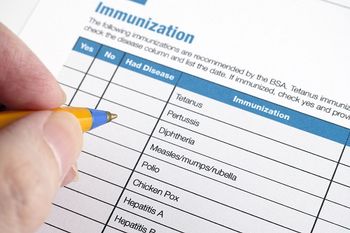
Here are the changes that have been made to the 2017 immunization schedules, as reported in the CDC’s most recent MMWR.

As cardiovascular disease is becoming one of the most significant comorbidities of people with HIV, the National Institutes of Health continues to enroll people in its landmark study, Randomized Trial to Prevent Vascular Events in HIV (REPRIEVE).

Researchers from the University of Pennsylvania Perelman School of Medicine show that many young transgender women are aware of HIV PrEP and have positive attitudes toward it.
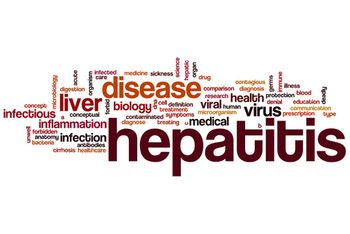
In a review article published in Rheumatic Disease Clinics of North America, researchers discuss the main rheumatologic diseases associated with chronic HCV infection, and how DAAs have affected these extrahepatic manifestations.
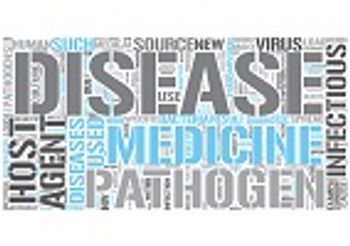
The ECDC has released a software toolkit that can calculate the disability-adjusted life years for a number of infectious diseases and healthcare-associated infections.

Researchers find that Salmonella Typhimurium has evolved a mechanism to inhibit its ability to cause disease and allow survival of its host in order to promote its own spread to new hosts.

Researchers find that for children who suffer from mild to moderate recurrent throat infections, tonsillectomy may be more beneficial than watchful waiting.

Researchers uncover high rates of co-infections in patients who are admitted to hospitals with influenza.
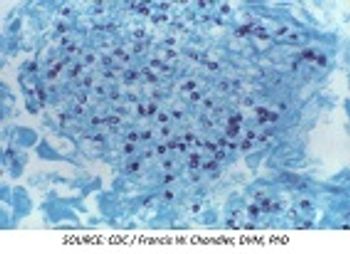
An alternative treatment option for treating and preventing Pneumocystis jiroveci pneumonia may be in the horizon for patients who cannot tolerate the standard therapy.

Researchers shed light on how oxylipins play a key role in forming the biofilm shield that helps protect disease-causing bacteria against antibiotics.

A new study explores why some animals and humans might be more susceptible than others to develop prion diseases.

A new study has characterized risk factors for the development of active methicillin-resistant Staphylococcus aureus (MRSA) among patients who are colonized with the bacteria at hospital admission.

Researchers find that the tuberculosis vaccine can offer protection against other diseases due to its “trained immunity.”

In a review article, researchers share current understanding of the pathogenesis of type IV T cell-dependent immune-mediated ADRs and review the evidence for diagnostics for T cell-mediated ADRs.

A recent study examines antibiotic prescribing patterns in children in primary care settings in the United Kingdom, Netherlands, and Italy.
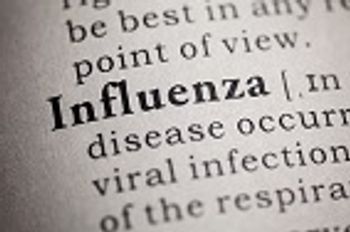
Researchers discover a simple method for estimating fitness of antiviral-resistant influenza strains using surveillance data.

Researchers from the University of Colorado School of Medicine discuss chronic rhinosinusitis with a focus on how host-microbe interactions contribute to its formation.
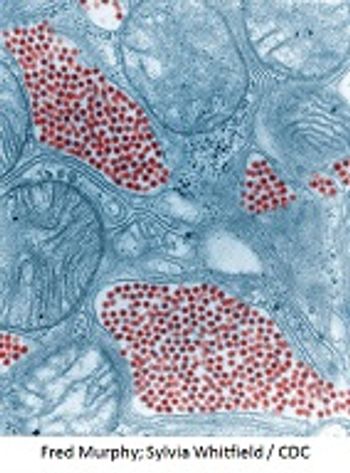
A letter published in the CDC’s Emerging Infectious Diseases journal reported the first human case of EEE in Arkansas.
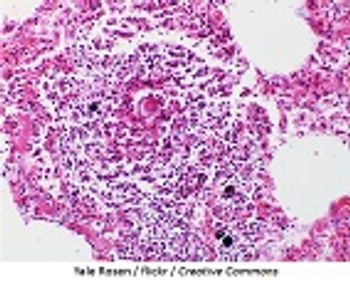
A recent letter published in the CDC’s Emerging Infectious Diseases discussed a case that proved that novel hybrid livestock schistosomes can infect humans.